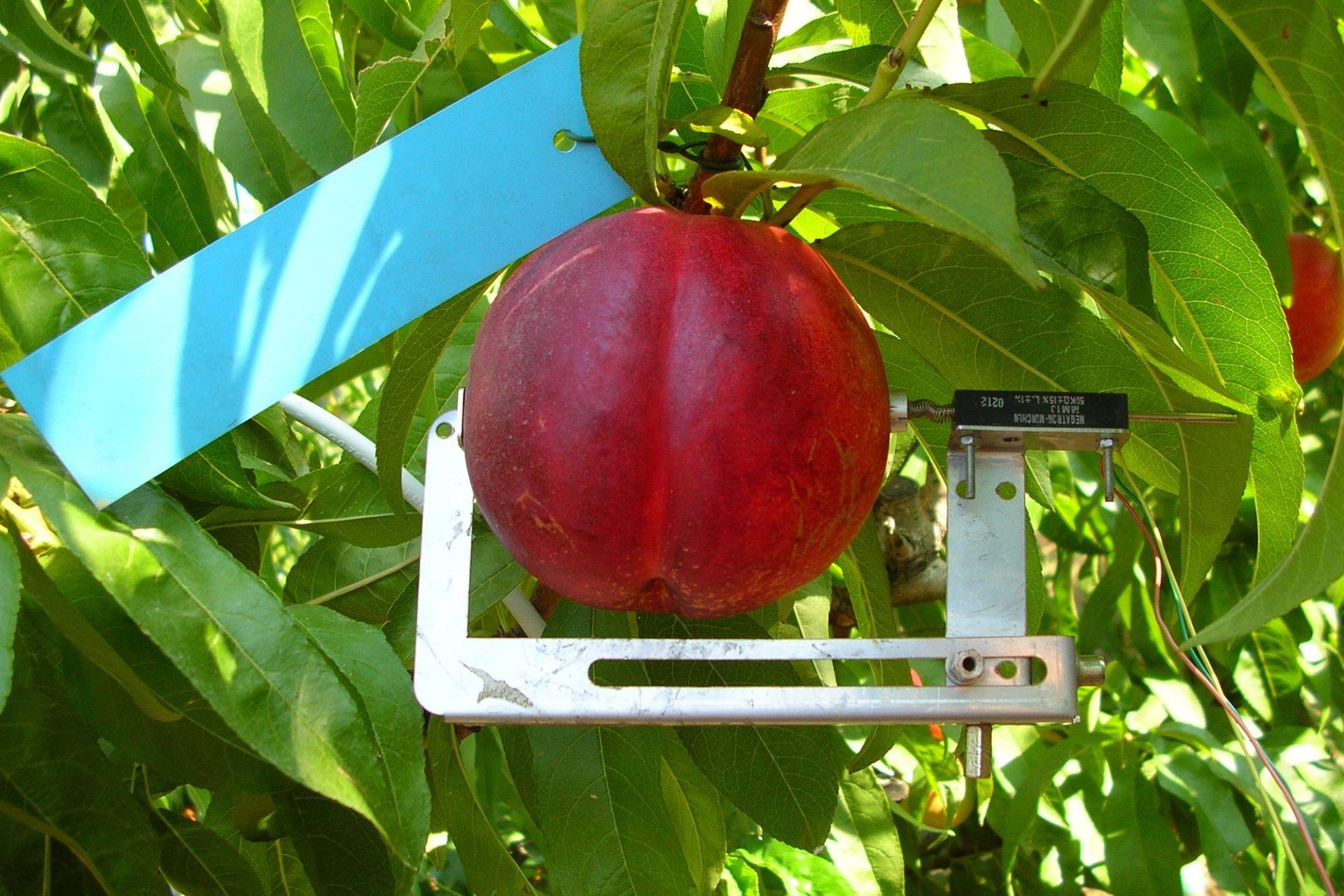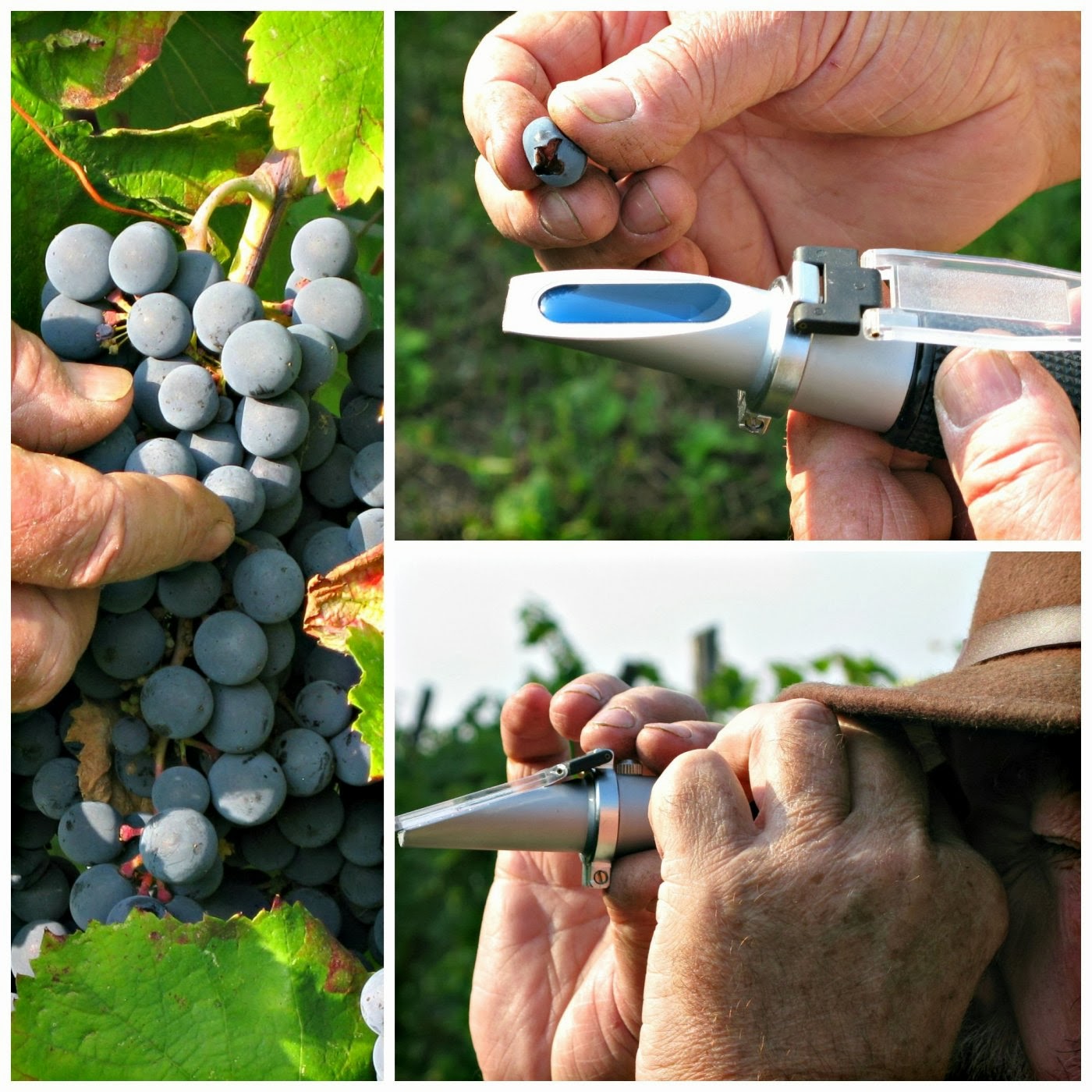
Solving agronomic problems in conversion to organic
Agronomic problems in conversion to organic farming afflict most farms that choose to go organic; however, they can be solved in a short time without jeopardising the farmer's earnings and future.
In this article we will discuss:
- what are the agronomic problems in conversion to organic farming
- their causes
- how to solve them
5 agronomic problems in conversion to organic farming
Organic farming is expanding all over the world, partly due to a growing consumer demand for organic products. However, often, this method of cultivation, chosen primarily as a source of higher income, overshadows the ecological aspect. While the transition to organic farming leads to the enhancement of agricultural products, there are also significant agronomic challenges.
Let's take a closer look at what they are and why BIOAKSXTER® is a real help.
Yield losses
A major critical issue in organic farming conversion is the yield loss. But why does this phenomenon occur?
Crops are highly 'dependent' on the use of synthetic products. And it is for this reason that plants are unresponsive and unable to cope with adversity. When converting to organic farming, the farmer is faced with the problem of reduced productivity, which can be seen during the various phenological phases (e.g. poor flowering, lack of fruit set, decrease in fruit size). Above all, the farmer wonders what to do to increase fruit size and how to increase yield.
In order to increase calibre and yield, the cultivated soil must first be depolluted, revitalised and regenerated. This process can be achieved by using BIOAKSXTER® natural formulations. In this way, the farm can ensure an increased and high-quality production yield with zero residue agricultural products.
 Calibre measuring (peach tree treated with BioAksxter®)
Calibre measuring (peach tree treated with BioAksxter®)
Plant diseases out of control
Another of the major agronomic concerns in converting to organic farming is the control of phytopathogens. After years of phytosanitary treatments, farms find themselves suddenly discontinuing the use of pesticides. The plant-soil system compromised by the abuse of chemicals encourages weakening and disease. Fungal diseases, virosis, bacterial diseases, etc. take hold, and the agronomic techniques normally used in organic farming (restorative pruning, rotations, wide planting distances, etc.) are not sufficient. All this is intensified even more by climate change.
The antibacterial, antifungal and antiviral action of BIOAKSXTER® is highly effective both in preventing the spread of pathogens and in containing and blocking the proliferation of diseases in damaged orchards. In addition, BIOAKSXTER® promotes the recovery of vital plant functions during extreme weather events, mitigating ongoing climate change.
Limitation in the use of copper
Copper is one of the most widely used fungicides in organic farming; however, it poses significant environmental risks as it is an element that tends to accumulate progressively in the soil layers. Until 2025, the limit on the amount of copper per year, per hectare, will be extended in Europe. Currently, the annual dose cannot exceed 4 kg/ha and this factor has put many farms converting to organic farming in crisis.
BIOAKSXTER® being a balancer of excellence (and not a fungicide) is the natural solution for fungal diseases affecting crops in conversion to organic. The AXS M31 Research Department has proven that the regular use of BIOAKSXTER® in copper-treated crops limits fungal attacks by more than 50% of the permitted annual dose.
Finding valid and suitable products allowed in organic farming
One of the agronomic problems in converting to organic farming also concerns the use of technical means that are suitable for one's farm and at the same time allowed in organic farming.
When converting, the farmer must accurately inform himself about the efficacy of agricultural products, understand their correct use and actually know the activity of the active substance within them.
BIOAKSXTER®, natural fertiliser allowed in organic farming, is able to meet the needs of farms with its different product lines used in fruit growing, viticulture, cereal growing, horticulture and olive growing.
BIOAKSXTER® is easy to use:
- can be mixed with any other agricultural product without damaging the plant;
- not being a plant protection product, it has no restricted-entry interval;
- no protective equipment is needed as it is free of harmful effects.
Difficulties in obtaining quality agricultural products
The quality of organic agricultural products is an essential requirement. However, this objective is often difficult to achieve. Agronomic problems in converting to organic farming include low sugar content, which in turn leads to low vitamin content and problems with the shelf life of agricultural products.
As already proven by multiple farms, BIOAKSXTER® increases the sweetness of the fruit, ensuring a superior agricultural product.

Another issue related to quality requirements concerns the residue limit in agricultural products. Unfortunately, years and years of accumulation of chemicals and environmental pollutants in the soil cannot guarantee a truly organic agricultural product. In fact, when the farmer decides to convert his farm to this method of cultivation, he must take one key aspect into consideration: a conversion period of 2 or 3 years is not enough to 'clean up' 30, 40 or 50 years of residues from the use of plant protection products. This means that the transition to organic farming requires an effective depolluting action, that is, a real decontamination, which can only be achieved with BIOAKSXTER®.